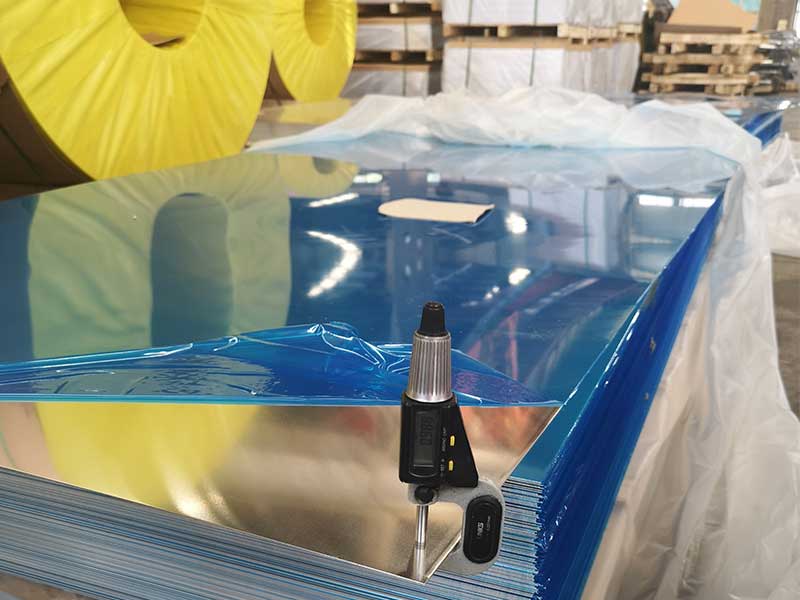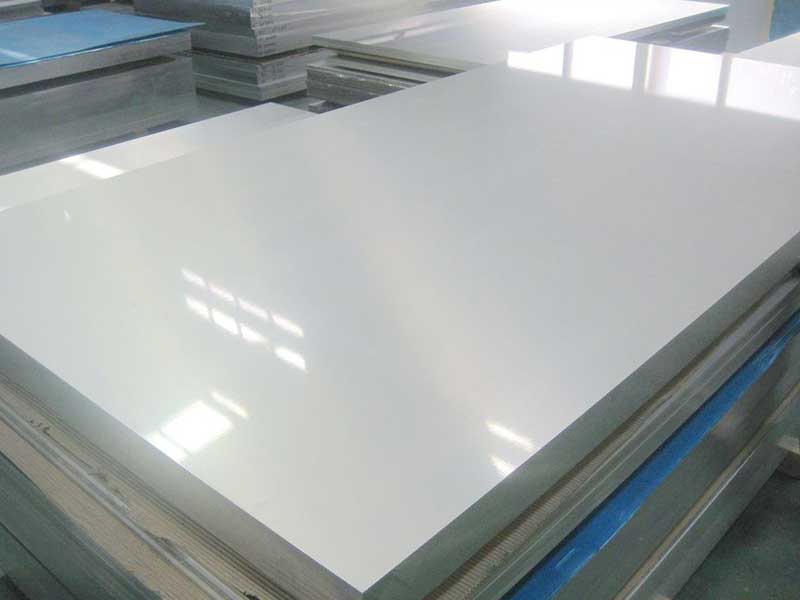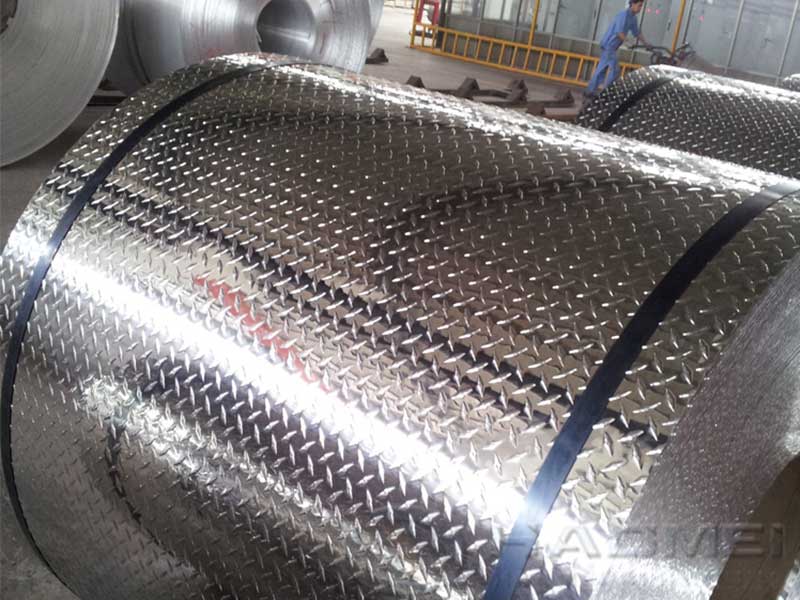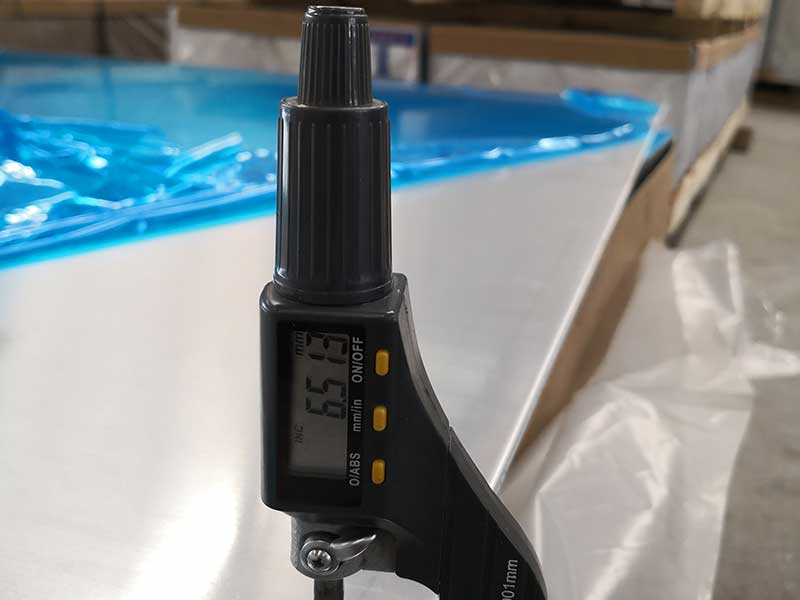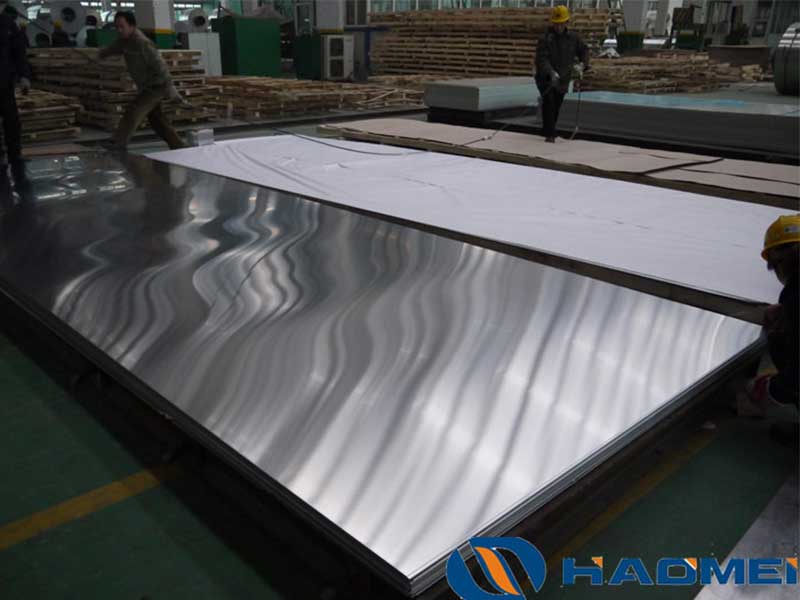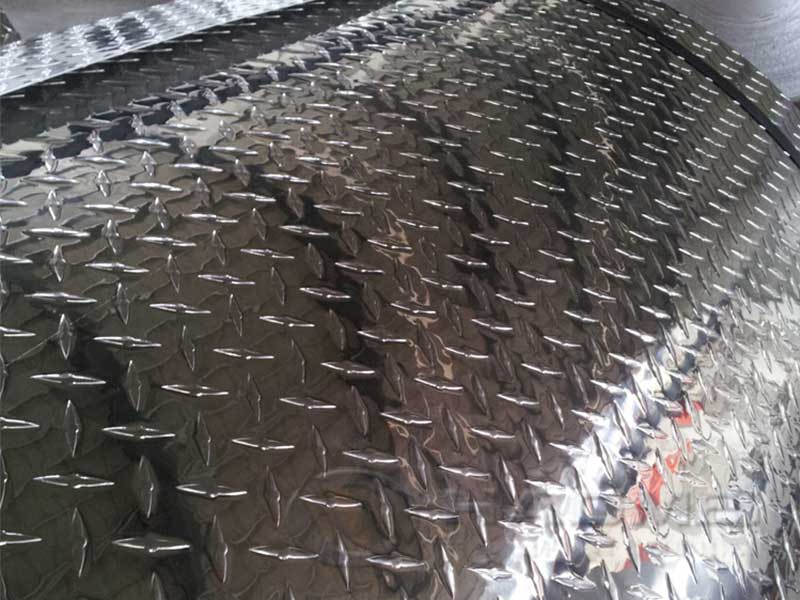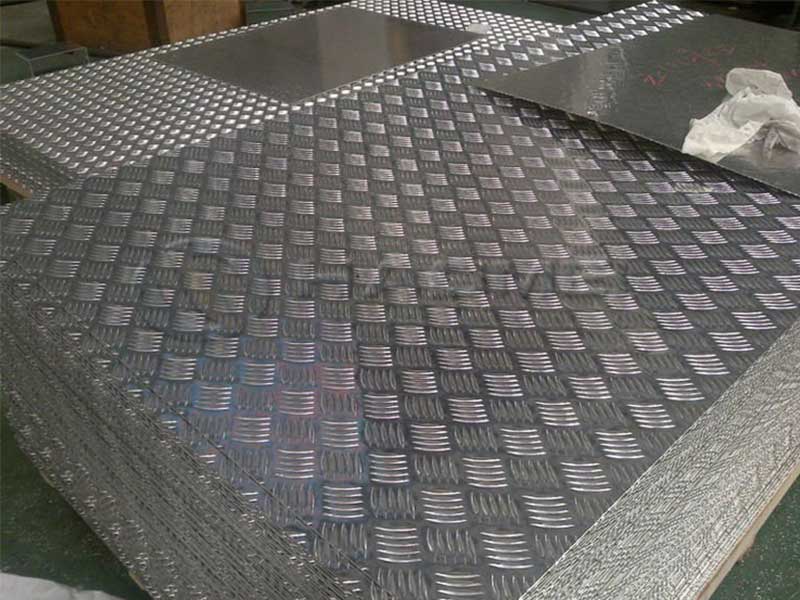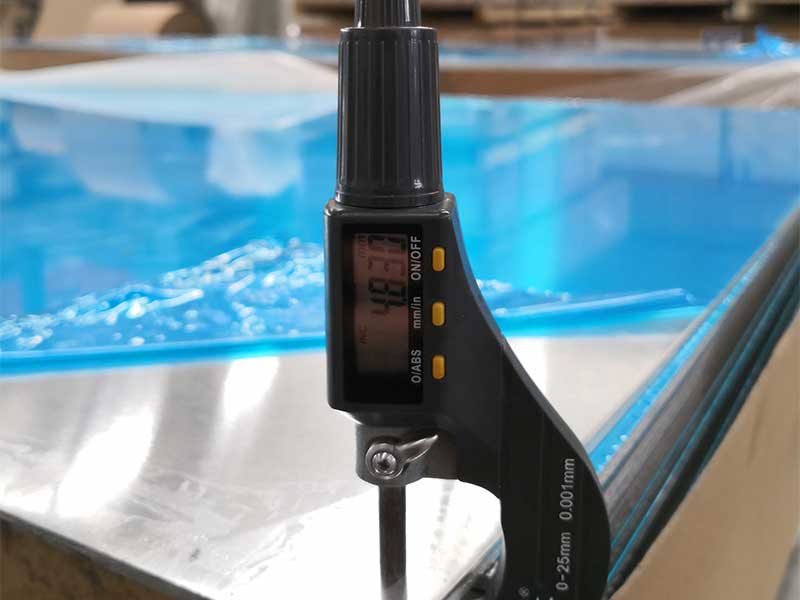2024-08-26 https://www.aluminum-coils.com/a/aluminum-plate-thicknesses.html
Introduction
Aluminum plates are essential materials in various industries, from aerospace to automotive and manufacturing. One of the critical factors that define the performance and suitability of aluminum plates for specific applications is their thickness. In this article, we will explore the different aluminum plate thicknesses available, their applications, and how to select the right thickness for your project needs.
What is Aluminum Plate Thickness?
Aluminum plate thickness refers to the dimension from one end of the plate to the other, measured in inches or millimeters. Common aluminum plate thicknesses range from 1/8 inch (3.2 mm) to 1 inch (25.4 mm). Each thickness serves different purposes, and understanding these can significantly affect the outcome of your project.
Common Aluminum Plate Thicknesses and Their Applications
1. Thin Aluminum Plates (1/8 inch to 1/4 inch):
Thin aluminum plates are typically used in applications where lightweight yet durable materials are required. These plates are ideal for structural components, decorative pieces, and lightweight vehicle parts. For instance, 1/8 inch aluminum plates are commonly used for manufacturing automotive parts, kitchen appliances, and brackets.
2. Medium Aluminum Plates (1/4 inch to 1/2 inch):
Medium-thickness aluminum plates offer a balance between strength and weight, making them suitable for various applications. For example, 3/8 inch aluminum plates are preferred in construction for applications requiring additional support, such as load-bearing sections. These plates are often utilized in machinery and equipment frames as well.
3. Thick Aluminum Plates (1/2 inch to 1 inch):
Thick aluminum plates are designed for heavy-duty applications requiring maximum strength and durability. With a thickness of 1 inch or more, these plates are widely used in industrial applications such as shipbuilding, heavy machinery construction, and large construction projects. These plates provide robust support and stability, making them critical for ensuring the safety and functionality of various structures.
Choosing the Right Thickness for Your Project
Selecting the optimal aluminum plate thickness depends on several factors, including:
- Application Requirements: Consider what the aluminum plate will be used for. Heavier loads necessitate thicker materials.
- Weight Considerations: For applications where weight is a key concern (like aviation components), thinner plates might be more suitable.
- Budget Constraints: Thicker plates generally cost more due to the increased material usage.
- Fabrication Methods: Some projects may demand specific thicknesses according to the fabrication techniques being used. Ensure that the selected thickness aligns with your manufacturing processes.

